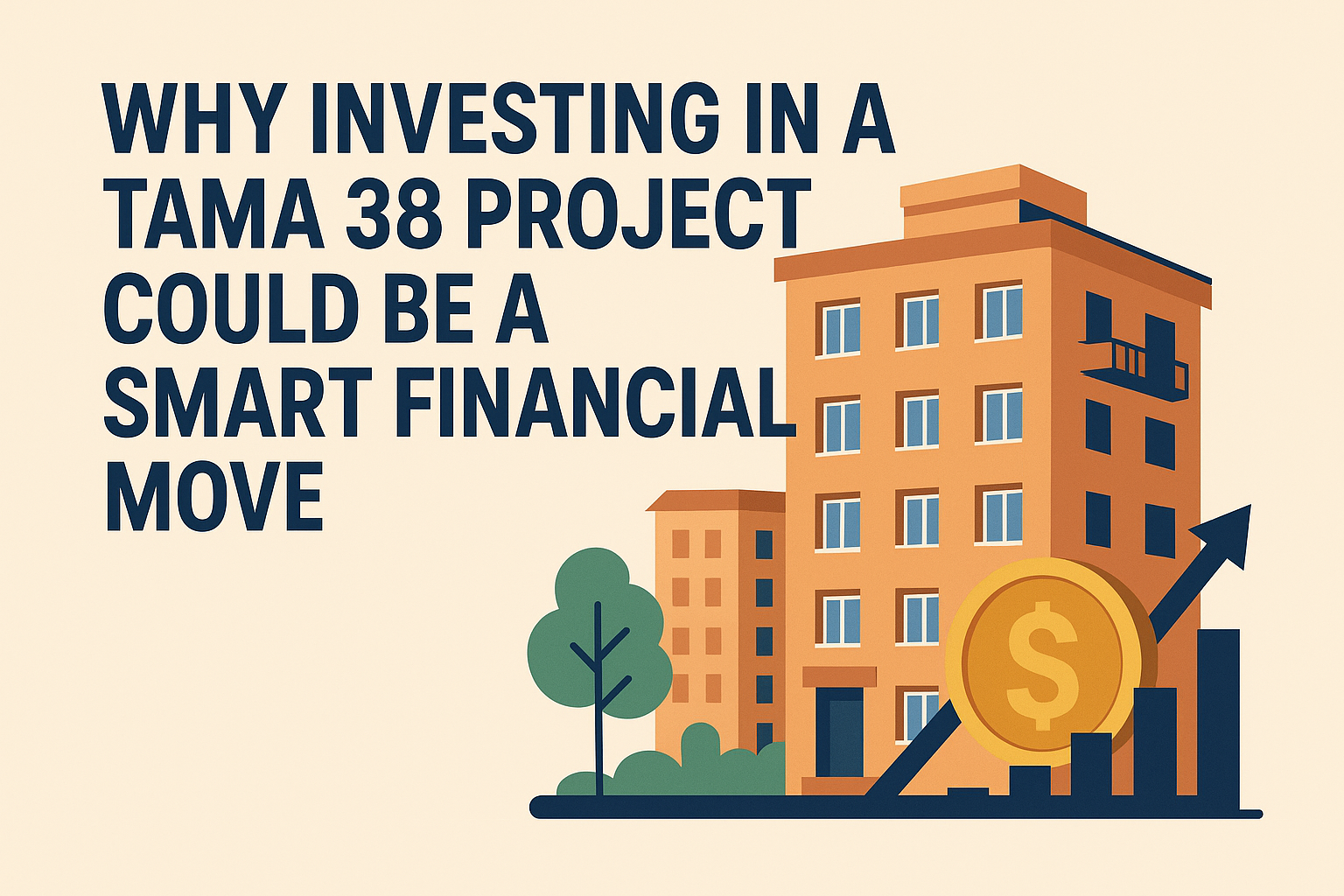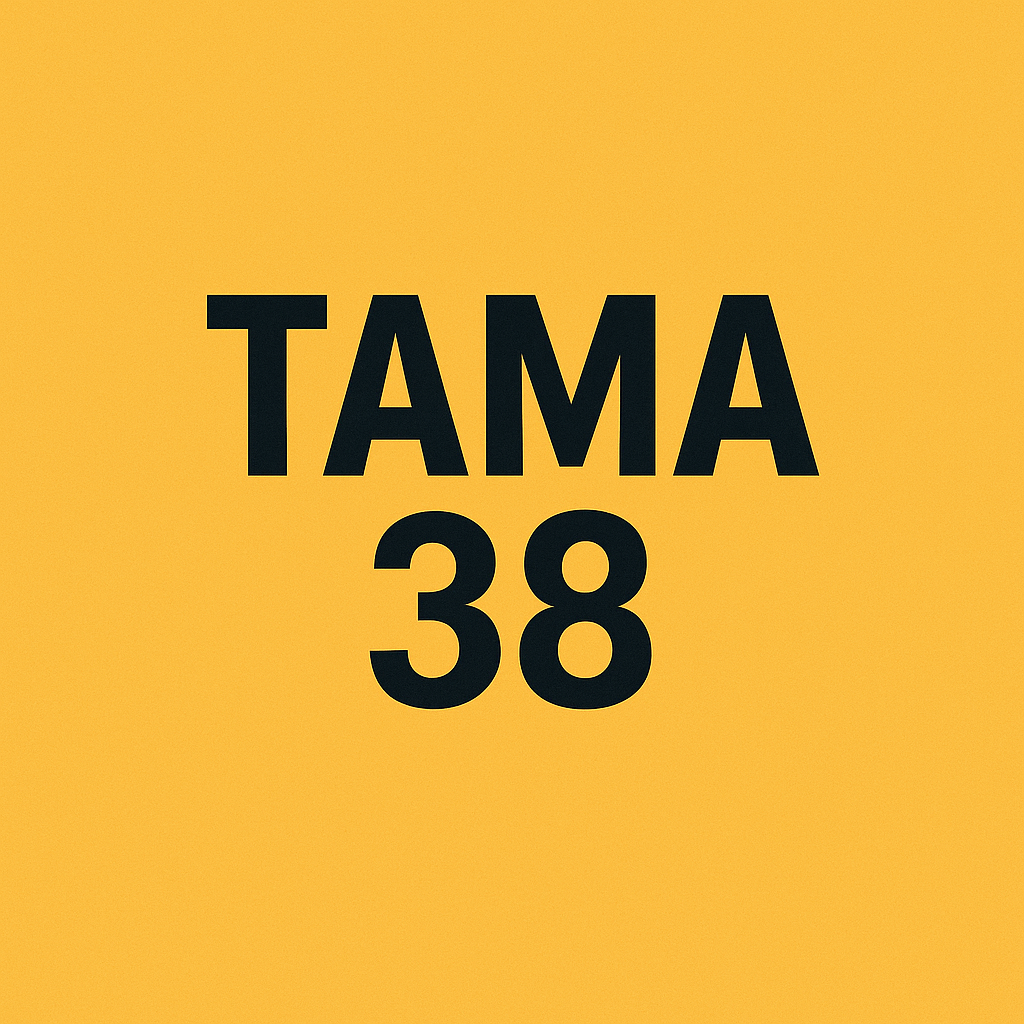Why Investing in a Tama 38 Project Could Be a Smart Financial Move
Investing in a Tama 38 project in Israel presents a unique opportunity that combines multiple financial advantages. As the visualization above demonstrates, these projects offer remarkable financial benefits compared to standard property investments.
Leveraging Developer Financing for Maximum Returns
Perhaps the most compelling aspect of Tama 38 investments is the ability to leverage developer financing for substantial property improvements. As an existing apartment owner, you receive renovations and upgrades that would typically cost 400,000-600,000 NIS without direct out-of-pocket expenses. These improvements include:
- Structural reinforcement against earthquakes
- Addition of protected rooms (mamad)
- Building facade renovation
- New elevators and lobbies
- Modern infrastructure systems
- Balcony enclosures adding usable space
- New parking solutions
As the charts show, this creates a dramatic difference in the cost-to-value ratio compared to self-funded renovations. While a standard renovation might cost you 500,000 NIS to gain 700,000 NIS in value, a Tama 38 renovation costs you nothing directly while creating approximately 950,000 NIS in value.
Exceptional Value Appreciation
The value appreciation graph highlights how Tama 38 properties significantly outperform standard apartments over time. While regular properties might see 20-30% appreciation over six years, Tama 38 renovated properties typically experience 60-70% growth in the same period. This exceptional performance is due to multiple factors:
- The physical expansion of the property (typically 12-25 square meters)
- Comprehensive building improvements and modernization
- The added value of earthquake protection and security features
- Neighborhood enhancement effects as multiple buildings undergo renovation
Superior ROI Compared to Alternatives
When comparing return on investment across different asset classes, Tama 38 projects consistently outperform alternatives. The ROI comparison chart shows that while standard apartments might deliver 28% returns over six years and the Tel Aviv Stock Exchange around 35%, Tama 38 investments frequently achieve 70% or higher returns in the same timeframe.
This exceptional performance stems from the leveraged nature of the investment – you’re essentially receiving hundreds of thousands of shekels in property improvements funded by the developer’s ability to build and sell additional units.
Multiple Value Creation Components
The value breakdown pie chart illustrates how several factors contribute to the overall return on a Tama 38 investment:
- The original property value (100%)
- Space addition through balcony enclosure and mamad (25%)
- Building improvements including elevator, lobby, and infrastructure (15%)
- Earthquake retrofitting value (10%)
- Neighborhood improvement effects (12%)
- Modern features and amenities (8%)
This multi-faceted value creation provides protection against market fluctuations, as the improvements represent real, tangible value regardless of market conditions.
Balanced Risk-Reward Profile
The radar chart comparing investment profiles shows that while Tama 38 projects do carry higher implementation risk than standard apartments, they compensate with superior performance in ROI potential and tax advantages. The higher risk is primarily related to project timeline uncertainty and the need for neighbor cooperation.
Tax Advantages Enhance Returns
Tama 38 projects offer significant tax benefits unavailable in standard real estate transactions:
- Capital Gains Exemption: The value increase resulting from the renovation and expansion is typically exempt from capital gains tax when selling
- Purchase Tax Benefits: In some cases, reduced purchase tax rates apply to properties acquired for Tama 38 implementation
- No Betterment Tax: Property improvements through Tama 38 are generally exempt from betterment taxes that would normally apply to property enhancements
These tax advantages further enhance the overall return on investment, particularly for investors planning to sell after project completion.
Strategic Investment Approaches
For investors considering Tama 38 projects, several strategies can maximize returns while managing risks:
- Late-Stage Entry: Purchasing in buildings where Tama 38 has already achieved owner consensus and preliminary approvals
- Developer Vetting: Choosing projects with established developers who have successfully completed multiple Tama 38 initiatives
- Location Selection: Focusing on areas with strong Tama 38 implementation momentum and supportive municipal policies
- Portfolio Expansion: Using the equity created through one successful project to finance additional Tama 38 investments
Conclusion: A Time-Limited Opportunity
As the Tama 38 program transitions to newer urban renewal frameworks, the window for participating in this unique investment approach may be closing. For investors willing to navigate the complexities and accept some timeline uncertainty, Tama 38 projects represent one of Israel’s most interesting real estate opportunities—combining the stability of physical property investment with development-like returns, all supported by a government-backed urban renewal framework.
The data clearly demonstrates that these projects offer exceptional financial performance compared to alternatives, making them well worth consideration for both homebuyers and investors in Israel’s competitive real estate market.

